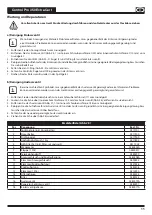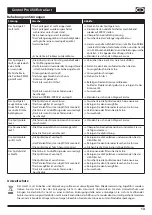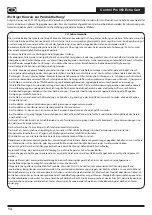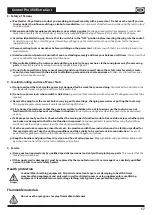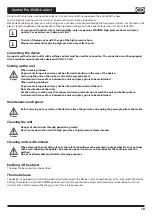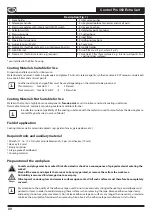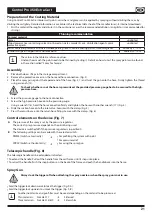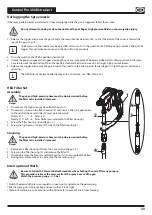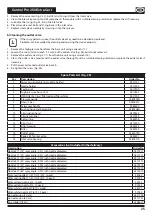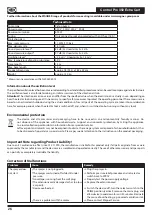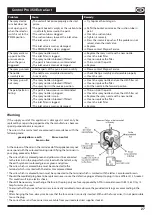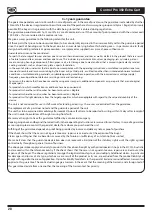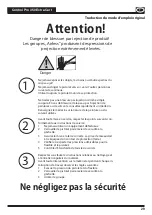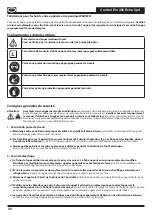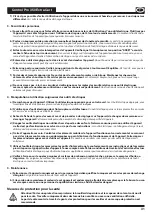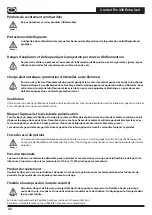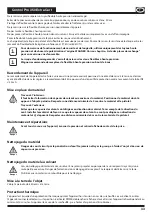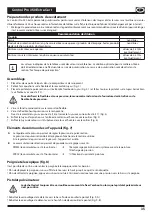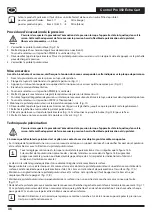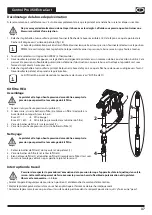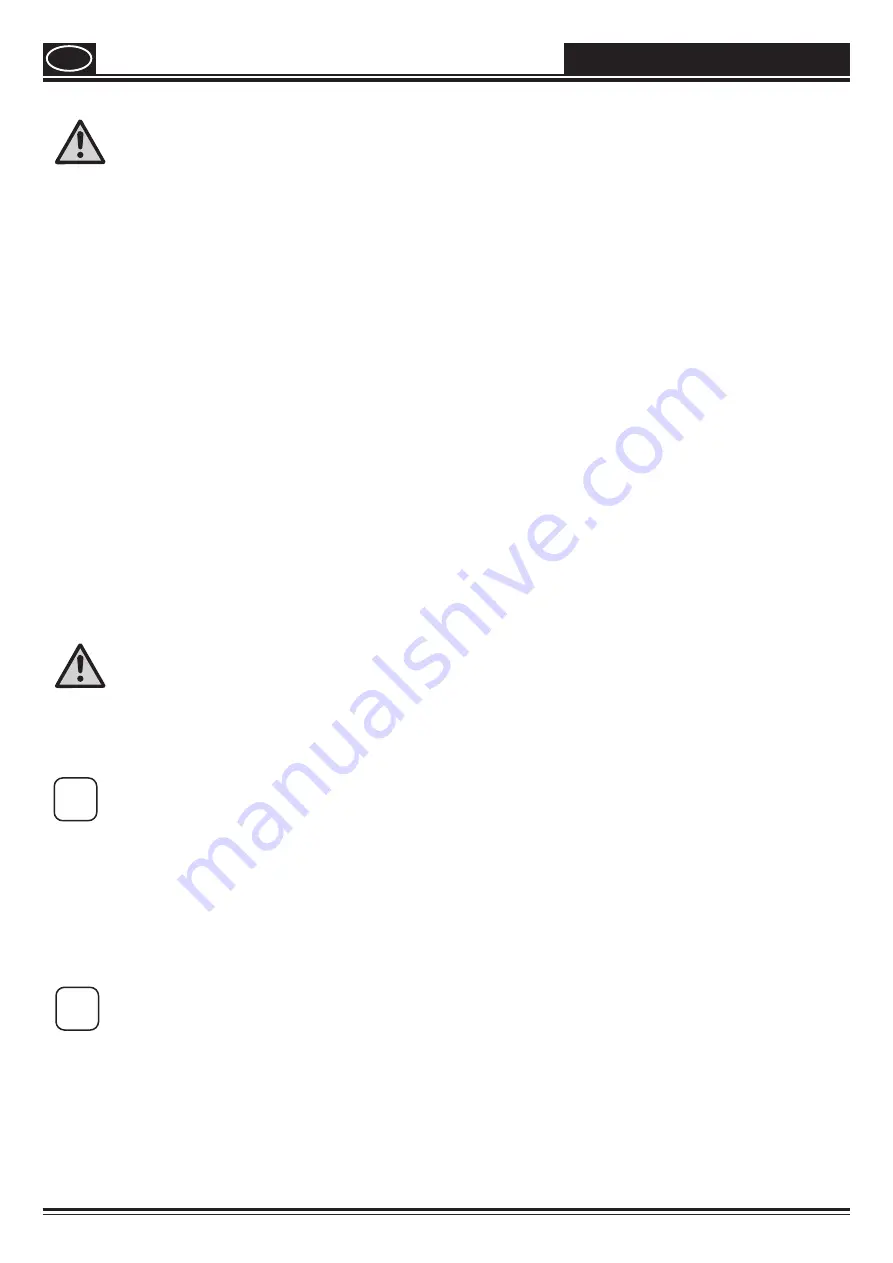
2 2
Control Pro 350 Extra Cart
GB
Pressure Relief Procedure
Danger
Be sure to follow the Pressure Relief Procedure when shutting the unit of for any purpose.
This procedure relieves the pressure from the spray hose and the gun.
Watch the pressure gauge ––> 0 bar
1. Secure the spray gun. (Fig. 9, A)
2. Switch the device of (pressure regulator in position 0).
Turn the switch into the PRIME position (vertical). (Fig. 10)
3. Release the spray gun. Hold the spray gun over an empty container and press the trigger to relieve the pressure.
4. Secure the spray gun.
Start-up
Before connecting to the mains supply, be sure that the supply voltage is identical with the value given on the rating plate.
1. Attach the return pipe to the suction hose using the clamps.
2. Lower the suction hose into the paint container. (Fig. 11)
3. Press the red inlet valve pusher to ensure that the inlet valve is free. (Fig. 12)
4. Plug in the power cable.
5. Turn the switch into the PRIME position (vertical).
6. Switch the device ON by turning the pressure regulator slowly into position 2.
7. Switch the device of again (pressure regulator 0) as soon as the paint lows through the return pipe and into the paint container.
8. Turn the switch to the SPRAY position (horizontal).
9. Hold the spray gun at the edge of an empty container. (Fig. 13)
10. Release the spray gun and hold the trigger until the material emerges evenly.
11. Let go of the trigger and secure the spray gun.
12. Place the nozzle holder on the spray gun (Fig. 14, A ) and rotate it into the inal position (Fig. 14, B), in order to ix it.
13. Insert the nozzle with the tip facing forward. (Fig. 15)
Spray Technique
Danger
Be sure to follow the Pressure Relief Procedure when shutting the unit of for any purpose.
This procedure relieves the pressure from the spray hose and the gun. Watch the pressure gauge ––> 0 bar
Be sure that the paint hose is free of kinks and clear of objects with sharp cutting edges.
•
It is best to practise on cardboard or a similar surface irst of all, in order to check the spray pattern and become accustomed to
using the spray gun.
i
If the paint sprays evenly, as shown in ig. 16 A, all the setting must be correct.
If the paint looks stripy after spraying, as shown in ig. 16 B, gradually increase the pressure, or dilute more in 5%
steps (please note the maximum amount of thinner stipulated by manufacturer.)
•
The key to obtaining a high quality result is even coating of the entire surface.
Keep your arm moving at a constant speed and keep the spray gun at a constant distance from the surface. The best spraying
distance is approx. 20 to 25 cm between the spray nozzle and the surface. (Fig. 17, A)
•
Keep the spray gun at right angles to the surface. This means moving your entire arm back and forth rather than just lexing your
wrist. (Fig. 17, B)
•
Keep the spray gun perpendicular to the surface, otherwise one end of the pattern will be thicker than the other. (Fig. 17, C)
•
Trigger gun after starting the stroke. Release the trigger before ending the stroke. (Fig. 17, D) The spray gun should be moving when the
trigger is pulled and released. Overlap each stroke by about 30%. This will ensure an even coating.
i
During operation the pump switches on and of continuously, in order to regulate the pressure.
This is normal and is not a malfunction.




